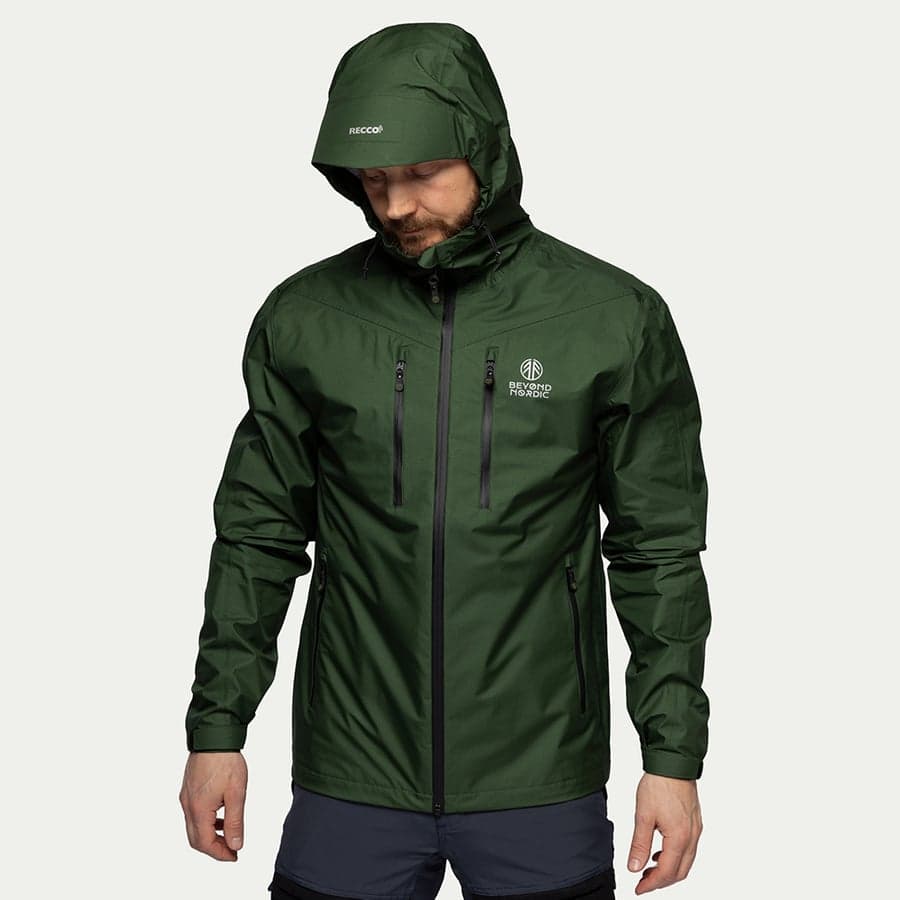Future Of Scandinavian Outdoor

Europe - EUR
|
CHANGE REGION
Men's
Women's
Scandinavian design
Pay secure with Klarna
4,8/5 rating
Free shipping & exchange
0
0
7 Essential Hiking Tips
Plus Bonus tip!
Hiking is an amazing way to explore the great outdoors, boost your fitness, and clear your mind. However, a successful hike requires more than just lacing up your boots and hitting the trail. Whether you're a beginner or a seasoned trekker, these seven essential hiking tips and hacks will help enhance your experience. And don’t miss the bonus tip at the end—it's a game-changer that most hikers don’t know about!
1. Choose the Right Footwear
Your feet are your most valuable asset on the trail. Invest in quality hiking boots or trail shoes that fit well and offer good support. Break them in before a big hike to avoid blisters and discomfort.
When choosing the best hiking boots or trail shoes, consider the following features:
2. Pack Smart and Light
The weight of your backpack can make or break your hike. Whether you are on a short day hike or a longer trek over a few days, carry only the essentials: water, snacks, a first-aid kit, a map or GPS, and weather-appropriate clothing and sleeping gear if needed. Distribute the weight evenly to reduce strain on your back. Use a pack with an adjustable harness for better comfort.
3. Use Trekking Poles for Stability
Trekking poles reduce strain on your knees, improve balance on uneven terrain, and help distribute weight more evenly. They are especially useful for steep ascents and descents.
4. Stay Hydrated (And Know Where to Find Water)
Water is crucial for endurance and preventing dehydration. Bring enough water for your trip, and if you're hiking long distances, carry a water filter or purification tablets to safely drink from natural sources.
5. Layer Your Clothing
Weather can change quickly in the wilderness, so dressing in layers is key to staying comfortable and protected from the elements. A well-planned layering system consists of three parts:
Base Layers (Moisture Management): The layer closest to your skin should wick moisture away to keep you dry.
Mid-Layers (Insulation): This layer traps body heat to keep you warm.
Outer Layers (Protection Against Elements): A shell jacket protects against wind, rain, and snow while allowing moisture to escape.
6. Bring High-Energy Snacks
Fuel your body with lightweight, high-calorie snacks like nuts, dried fruit, protein bars, or jerky. These foods provide quick energy without taking up too much space in your pack.
7. Know Basic Navigation Skills
Even if you rely on GPS, knowing how to use a map and compass is crucial in case your technology fails. Take a basic orienteering course or practice navigating on well-marked trails before venturing into remote areas.
Bonus Tip: The “Sock Swap” Hack
One of the best-kept secrets among long-distance hikers is the sock swap trick. Halfway through your hike, swap out your socks for a dry pair and hang the damp ones on your pack to dry. This helps prevent blisters, keeps your feet fresh, and improves overall comfort on the trail. If your feet feel hot spots forming, change socks earlier to avoid painful blisters.
Choose high-quality, durable hiking socks that balance all these features.
With these practical hiking tips and hacks, you'll be well-prepared for your next adventure. Stay safe, respect nature, and enjoy the journey! Happy hiking!
Popular Products
Sign up for our newsletter and get 10% off your first order*
*Excluding campaigns, bundles and other offers
INFORMATION
CUSTOMER SERVICE
SHOP
© Beyond Nordic


BN601 Hiking Boots Men's


BN208 Hiking Cap


BN301 v2 3L Lightweight Shell Jacket Men's


BN501 Backpack 35L


BN502 Backpack 55L
Legion Blue
Black
29.00EUR
Pine Grove
199.00EUR
Kombu Green
129.00EUR
Moss green
149.00EUR
- 30%
- 30%
104.30EUR
149.00EUR
RECYCLED
TOPSELLER
RECYCLED
TOPSELLER
RECYCLED
RECYCLED
RECYCLED
RECYCLED